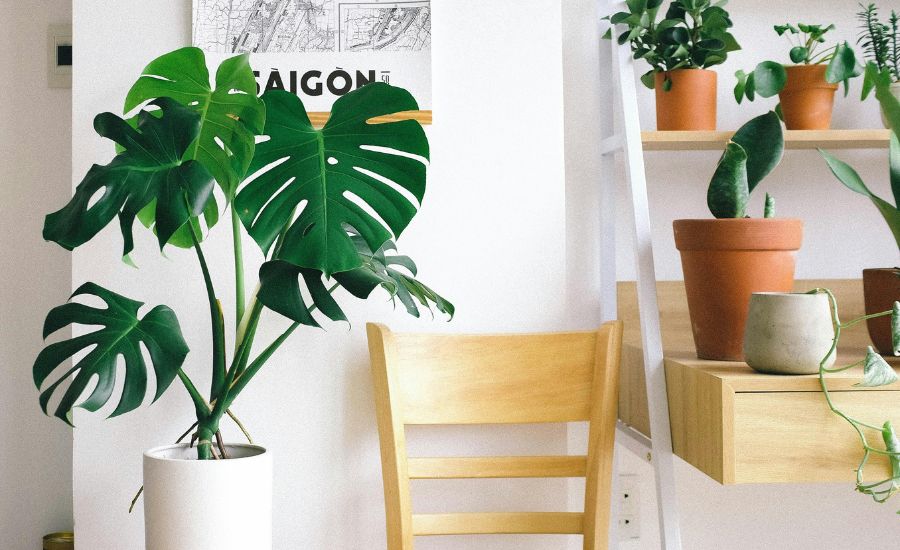Free home delivery over Rs 999

In today’s fast-paced world, where concrete jungles dominate our surroundings, incorporating a touch of nature into our homes can be immensely rewarding. Indoor plants not only add aesthetic appeal but also contribute to a healthier and more vibrant living environment. However, for beginners, the world of indoor plant care can seem daunting. Fear not! This beginner’s guide will equip you with the knowledge and confidence to nurture your indoor greenery effectively.
Understanding Your Indoor Plants
Before diving into care routines, it’s crucial to understand the specific needs of your indoor plants. Different plants have varying requirements for light, water, humidity, and temperature. Take the time to research and choose plants that are well-suited to your living space and lifestyle.
Light: The Key to Growth
Light is the life force for plants, driving photosynthesis and growth. Most indoor plants thrive in bright, indirect light. Position your plants near windows where they can receive ample natural light without being exposed to direct sunlight, which can scorch their leaves.
Watering Wisely
One of the most common mistakes novice plant parents make is overwatering. Remember, it’s better to underwater than overwater. Before watering, check the soil moisture by feeling the top inch of soil. If it’s dry to the touch, it’s time to water. Ensure proper drainage to prevent waterlogging and root rot.
Creating a Haven of Humidity
Indoor environments often lack the humidity levels that many plants thrive in. Increase humidity by misting your plants regularly, placing a tray of water with pebbles beneath them, or investing in a humidifier, especially during the dry winter months.
Temperature Regulation
Maintain a comfortable temperature range for your indoor plants, ideally between 65-75°F (18-24°C) during the day and slightly cooler at night. Avoid placing plants near drafts or heating/cooling vents, which can cause stress and damage.
Nutrient Boost: Fertilizing Basics
While potting mix provides some nutrients, indoor plants benefit from occasional fertilization during the growing season. Use a balanced liquid fertilizer diluted to half strength and apply according to the instructions on the label to avoid overfeeding.
Pruning and Maintenance
Regular maintenance, including pruning dead or yellowing leaves and cleaning dust off the foliage, keeps your plants healthy and vibrant. Pruning also encourages new growth and helps maintain the plant’s shape.
Vigilance Against Pests and Diseases
Keep a watchful eye for signs of pests such as aphids or spider mites, as well as fungal diseases. Promptly isolate and treat affected plants with appropriate remedies to prevent infestations from spreading.
Repotting and Growth
As your plants grow, they may outgrow their pots. Repot them into slightly larger containers with fresh potting mix to accommodate their growing roots. Repotting also provides an opportunity to inspect the root system and remove any dead or damaged roots.
Cultivating a Green Thumb: Learning and Adaptation
Lastly, embrace the journey of learning and adaptation. Every plant is unique, and understanding their individual needs requires observation and patience. Don’t be discouraged by setbacks; instead, use them as opportunities to refine your care techniques and grow as a plant parent.
By following this beginner’s guide to indoor plant care, you’ll embark on a fulfilling journey of nurturing and cultivating green life within your home. Remember, the rewards of caring for indoor plants extend far beyond their beauty, enriching your living space and nourishing your soul with nature’s tranquility. Happy gardening!
